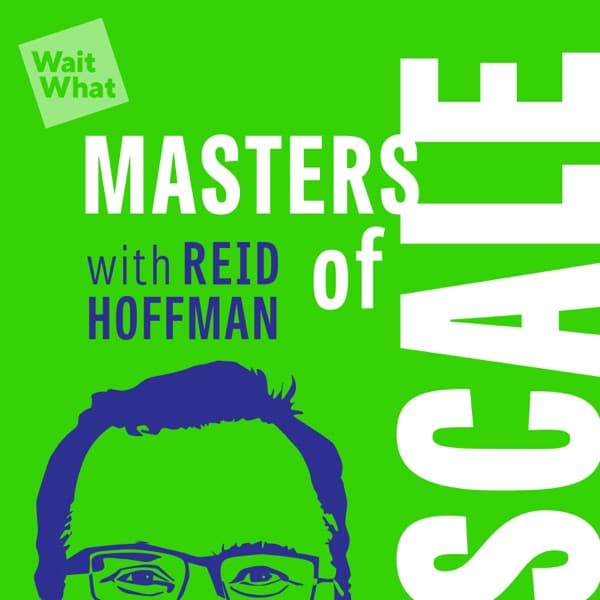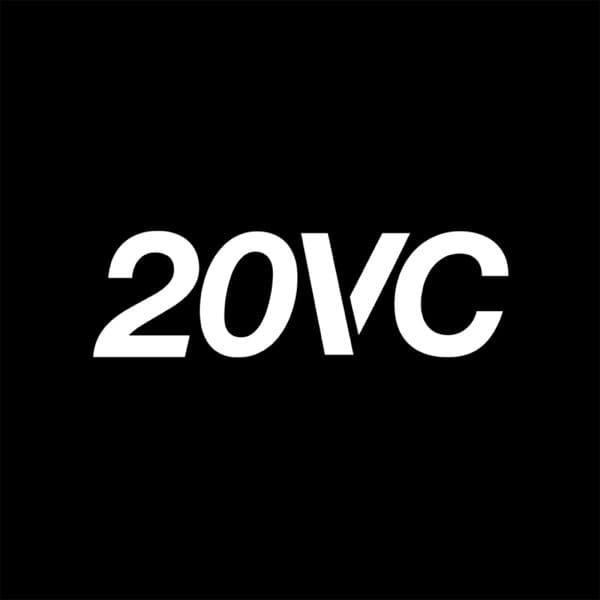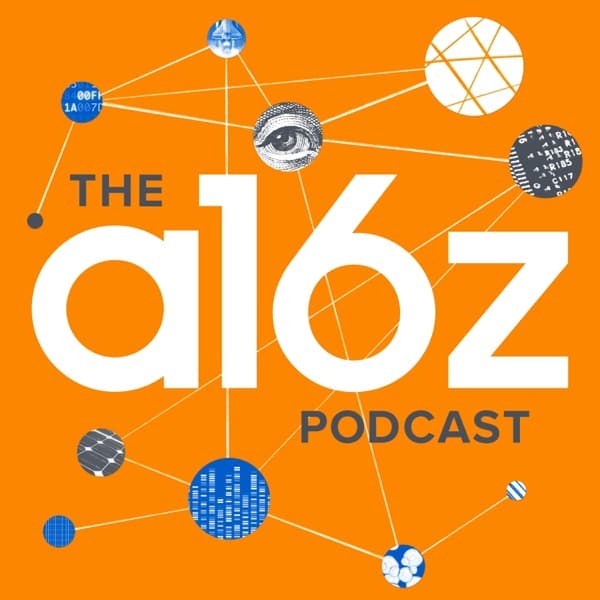Fireship: Grock 3 is a new large language model that excels in benchmarks and offers uncensored content, with unique access to Twitter data.
Masters of Scale: Atio is an AI-native CRM designed for modern businesses, offering scalable solutions and AI-powered automations.
TechCrunch Startup News: Tofu is an AI-driven B2B marketing platform that integrates marketing campaigns into one space, offering personalized and repurposed content solutions.
TechCrunch Startup News: FaZe is a startup offering a no-code platform for UI/UX designers to create fully interactive prototypes, aiming to streamline the design process and reduce reliance on manual coding.
Fireship - Is Elon’s Grok 3 the new AI king?
Grock 3, a new large language model, has topped the LM Marina leaderboard, surpassing existing benchmarks. It is notable for its uncensored content generation, which includes potentially illegal material in some regions. The model features a deep thinking mode and can perform text-to-video tasks. It is optimized for truth-seeking, even at the cost of political correctness, and can generate controversial content that other models block. Grock 3's training involved access to Twitter's data, providing a unique advantage. It was trained on the Colossus supercomputer, which is the largest AI supercomputer globally, using over 200,000 Nvidia GPUs. The upcoming Super Grock will be available for $30 per month, a competitive price compared to other models. Despite its strengths, Grock 3's benchmarks are selectively presented, omitting comparisons with some models like OpenAI's, which could alter its perceived performance.
Key Points:
- Grock 3 leads the LM Marina leaderboard, excelling in benchmarks for math, science, and coding.
- The model is uncensored, generating content that other models block, with access to Twitter data.
- Trained on the world's largest AI supercomputer, Grock 3 uses over 200,000 Nvidia GPUs.
- Super Grock will be competitively priced at $30 per month, cheaper than many alternatives.
- Benchmarks are selectively presented, missing comparisons with some key models.
Details:
1. 🚀 Grock 3: The New LLM Leader
- Grock 3 has reached the number one spot on the LM Marina leaderboard, illustrating its superior performance over other large language models in current benchmarks.
- The model has surpassed existing benchmarks, setting new standards in language understanding and generation, demonstrating its advanced capabilities and effectiveness.
- A detailed comparison with other top-performing models shows Grock 3's significant advancements in processing speed, accuracy, and language comprehension, providing a strategic edge in AI deployment.
- The LM Marina leaderboard is a critical metric within the industry, and Grock 3's top position highlights its groundbreaking achievements and potential for broader applications.
2. 🔍 Why Grock 3 Stands Out
- Grock 3 is recognized for its intelligence and largely uncensored nature, enabling it to generate content that may be illegal in various regions.
- The platform's deep thinking mode mirrors the capabilities of Deep C Car 1, enhancing its cognitive processing abilities.
- A standout feature is its support for text-to-video conversion, significantly expanding content generation capabilities.
- The upcoming Super Grock subscription service promises to deliver even more advanced features, aligning with market strategies seen in services like Twitter Premium Plus.
- These features position Grock 3 as a competitive player in the AI content generation space, appealing to users seeking advanced and versatile tools.
3. 🤖 Elon Musk's AI Ambitions
- Elon Musk attempted to buy OpenAI, signaling his intent to deepen his control in the AI sector, but his offer was declined by OpenAI’s board, indicating the company’s desire to remain independent and a possible divergence in vision.
- OpenAI's rejection of Musk's offer reflects its strategic commitment to independence and perhaps differing priorities in AI development.
- Grok, an LLM associated with Musk, claims to be the best globally, positioning itself as a direct competitor to existing AI models, suggesting Musk’s ambition to challenge and potentially surpass leading AI technologies.
4. 📚 Controversies in AI Training
- Mark Zuckerberg's AI models faced criticism for using 82 terabytes of pirated books from the Library Genesis Project, which provides access to millions of books and articles. This raises significant legal and ethical questions about the ownership and use of copyrighted materials in AI development.
- The AI model Gro benefits from exclusive access to real-time data from Twitter, offering a distinct competitive edge in training AI models. This highlights the disparities in data access and the potential for unequal advancements in AI capabilities.
5. 🔥 Grock 3's Capabilities and Benchmarks
- Grock 3 has been optimized for maximum truth-seeking, even at the expense of political correctness, allowing it to generate controversial content like celebrity images or poems on racial stereotypes, which other LLMs block.
- A test prompt that was blocked by all LLMs except Grock 3 highlights its unique ability to provide unfiltered responses, though this can lead to offensive content.
- Grock 3's availability in countries with strict speech laws, such as Germany and the UK, poses potential legal risks for users.
- In terms of performance, Grock 3 ranks at the top in the LM Marina, a human-conducted blind taste test comparing different LLMs.
6. 📈 The Shift in AI Development Focus
- Grock outperformed Gemini, Claude, Deep Seek, and GP4 in math, science, and coding benchmarks, indicating a significant shift in AI capabilities.
- The evaluation excluded OpenAI03, which presents a different competitive landscape when included, suggesting the need for inclusive benchmarking for accurate comparisons.
- Key benchmarks such as CodeForces and Arc AGI were not considered, highlighting potential bias and the need for broader evaluation metrics.
- Proprietary evaluation methods, like generating valid Spel 5 code and aiding in game development in GDAU, demonstrated Grock's strong performance, signaling a trend towards specialized AI application testing.
- The model's capabilities align with the plateau of current state-of-the-art models, indicating a maturation phase in AI development.
7. 🖥️ Grock's Training and Infrastructure
- AI development is transitioning from a focus on creating larger base models to enhancing prompting frameworks such as deep research and big brain mode.
- Grock was developed on the Colossus supercomputer in Memphis, Tennessee, which is currently recognized as the world's largest AI supercomputer, highlighting its significance in AI advancements.
- The facility houses over 200,000 Nvidia H100 GPUs, with expansion plans set to reach 1 million GPUs, underscoring a commitment to scaling computational power.
- The high electricity consumption of the facility necessitates the use of portable diesel generators in addition to the standard grid, indicating the infrastructure's massive energy requirements.
- Super Gro is projected to be priced at $30 per month upon release, reflecting the balance between cutting-edge technology and consumer accessibility.
8. 💡 Learning and Pricing in the AI World
8.1. AI Tools Pricing and Implications
8.2. Effective Learning Resources for AI
9. 🎓 Educational Resources and Closing
9.1. Brilliant Educational Resources
9.2. Closing Remarks
Masters of Scale - Can Rivian avoid the EV speed bumps? with founder and CEO RJ Scaringe

Atio is a customer relationship management (CRM) system built for the future, specifically designed to meet the needs of modern businesses. Unlike traditional CRMs, Atio is AI-native, meaning it integrates artificial intelligence at its core to provide advanced functionalities. It adapts to the unique operational needs of any company and scales with various business models by syncing with organizational emails and calendars. This integration allows businesses to automate complex processes, freeing up time to focus on growth and innovation. Atio's AI-powered automations and research agents are particularly beneficial for tackling intricate tasks, making it a valuable tool for companies looking to streamline operations and enhance productivity. The platform is also offering a 15% discount for the first year, making it an attractive option for businesses seeking to upgrade their CRM systems.
Key Points:
- Atio is AI-native, offering advanced CRM functionalities.
- It adapts to unique company needs and scales with business models.
- Syncs with emails and calendars for seamless integration.
- Automates complex processes, enhancing productivity.
- Offers a 15% discount for the first year.
Details:
1. Atio: The Future of CRM with AI 🤖
1.1. Introduction to Atio
1.2. Key Features of Atio
1.3. Comparative Advantages of Atio
2. Atio's AI-Powered Automations: Revolutionizing Complex Processes 🚀
- Atio offers AI-powered automations designed to handle complex processes, enabling businesses to focus on core activities.
- A promotional offer is available at atio.com/MOS, providing a 15% discount on the first year.
- The solution emphasizes the capability to liberate resources by automating intricate tasks, enhancing operational efficiency.
3. Masters of Scale: Building a Brighter Future Together 🌟
- The event features world-changing executives and impactful investors, emphasizing collaboration to build a brighter future.
- The audience is specifically selected for their potential impact, ensuring meaningful networking and interactions.
- Applications are currently open, encouraging immediate action for potential attendees to apply at mastersofscale.com.
4. Empowering Business Progress with Stripe and Partnerships 💼
- Stripe enables businesses to achieve significant milestones such as reaching their first billion in revenue or expanding globally, by providing a robust set of financial tools.
- Strategically, Stripe supports new business models and innovative ideas, offering resources that specifically address growth and expansion needs.
- Examples of tools include advanced payment processing, fraud detection, and financial reporting, which collectively empower businesses to scale effectively.
- Businesses like Company X have used Stripe to streamline operations and enter new markets, demonstrating the platform's capacity to support diverse growth strategies.
5. Rivian's Electric Vehicle Evolution: A Conversation with RJ Scaringe 🚗
- Rivian and Tesla are at an inflection point, representing a shift from historical car architectures to future designs, highlighting a major evolution in automotive technology.
- Future car platforms will be radically different, with a focus on electric and autonomous technologies, indicating a departure from traditional internal combustion engine designs.
- In the next five to ten years, the automotive industry is expected to experience significant divergence in technology and architecture, moving towards more sustainable and technologically advanced vehicles.
- Rivian's approach to vehicle design emphasizes modularity and flexibility, allowing for rapid adaptation to technological advancements and market demands.
- The shift in vehicle architecture is driven by the need for sustainability and efficiency, with electric vehicles becoming central to this transformation.
- Rivian's focus on electric vehicle technology not only positions it as a key player in the future automotive landscape but also as a leader in redefining vehicle design standards.
6. Navigating Challenges in the EV Market with Rivian and Tesla ⚡
- Rivian is shifting focus from luxury SUV R1 platform to a lower-cost R2 vehicle lineup, aiming to expand market reach and competitiveness.
- Secured a significant $5.8 billion partnership with Volkswagen, which is expected to enhance Rivian's technological capabilities and market presence.
- Rivian is conducting ongoing risk assessments for self-driving features, prioritizing safety to meet regulatory standards and consumer trust.
- Leveraging AI-enabled technology plumbing, Rivian is positioning itself to potentially outperform established manufacturers by improving efficiency and innovation.
- Facing challenges in scaling production for the R2 platform, Rivian must address supply chain constraints and cost management to successfully execute its strategy.
7. Rivian's Strategy Amidst Political and Economic Shifts 🌍
- RJ Skaringe acknowledges Elon's significant contributions to the electric vehicle industry and emphasizes the importance of having influential leaders in the space.
- Rivian remains focused on creating high-quality products and is currently concentrating on the launch of their new, lower-priced vehicle, R2.
- The launch of the R2 is expected to significantly increase Rivian's production volume and revenue.
- RJ highlights the importance of not getting distracted by external factors and instead maintaining focus on business objectives and product development.
- Rivian's strategy includes leveraging its robust supply chain and innovative technology to adapt to changing market conditions.
- The company is navigating political and economic shifts by prioritizing sustainability and efficiency in its operations.
- RJ Skaringe describes Rivian's proactive measures to mitigate risks associated with global economic uncertainties.
8. Driving the Future: Rivian's Vision for Electrification and Innovation 🚘
- Rivian focuses on a US-centric production strategy with all vehicles currently produced in Illinois and plans for a new plant in Georgia, minimizing international trade risk exposure.
- The company employs scenario planning to handle potential changes in trade relationships, particularly with Mexico and Canada, ensuring resilience against tariff fluctuations.
- Amidst varying consumer excitement and government support in the EV market, Rivian remains committed to its long-term electrification goals, undeterred by short-term industry shifts.
- Rivian emphasizes the need for a broader range of electric vehicle offerings to drive electrification, highlighting the current market's limited competition dominated by Tesla's Model 3 and Model Y.
- Rivian's innovation strategy includes developing unique technological advancements and expanding its product line to strengthen its market position and accelerate the shift to electric vehicles.
9. Brand Identity and Customer Experience: The Rivian Difference ✨
9.1. Brand Identity and Strategic Positioning
9.2. Competitive Landscape and Industry Challenges
10. AI and Autonomous Driving: The Next Frontier for Rivian 🤖
10.1. Rivian's Strategic Direction and Product Development
10.2. Employee Engagement and Company Culture
11. Rivian's Strategic Partnerships and Technological Advancements 🔧
- Rivian emphasizes vehicle performance over environmental messaging, with models like the R1T accelerating from 0 to 60 mph in 2.5 seconds and towing 11,000 pounds, demonstrating high performance appeal.
- The R1S is the best-selling premium SUV in California, surpassing all SUVs above $70,000, illustrating its broad market appeal beyond electric vehicle enthusiasts.
- Rivian plans to expand its market reach with the R2 model starting at $45,000 and future R3 and R4 models, aiming to make electric vehicles more accessible.
- The brand focuses on a cohesive customer experience, from retail spaces to product details, creating a holistic and inviting brand manifestation.
- Rivian's strategy includes creating a sense of magic and excitement, resonating with a wide range of customers, and not solely focusing on its electric vehicle nature.
12. The Global EV Market and Rivian's Position 🌐
12.1. Rivian's Influence on Customer Lifestyles
12.2. Advancements in Self-Driving Technology
13. Leadership and Vision: RJ Scaringe's Path for Rivian 🚀
13.1. AI in Vehicles
13.2. Software Architecture and Manufacturing
13.3. Global EV Market Dynamics
13.4. Strategic Challenges and Vision for Rivian
14. Conclusion: Building the Future with Agility and Innovation 🌟
- Union Market in Richmond, Virginia, grew from 10 to 45 team members in 10 years, highlighting significant expansion and success.
- Annual employee appreciation events, funded through Capital One business card points, foster team bonding and recognize staff contributions.
- Jillian Field, co-founder, prioritizes employee appreciation by hosting company-wide celebrations at venues like Bush Gardens Theme Park.
- Capital One business card points are used creatively for employee benefits rather than operational supplies, demonstrating a focus on team morale.
TechCrunch Startup News - Tofu is building an omni-channel marketing platform for enterprises

Tofu, founded by E.J. Cho, is an AI-driven B2B marketing platform designed to streamline marketing efforts by integrating all potential campaigns into one space. The platform works with existing tools like HubSpot and Salesforce, using AI to modify marketing copy for various channels and personalize content for different customer segments. Cho's experience with inefficient marketing tools led to the creation of Tofu, which focuses on B2B marketing due to its text-heavy nature. Before development, Tofu's team consulted over 40 CMOs to identify key pain points, which included the need for content personalization and repurposing across channels. Launched in late 2023, Tofu has experienced significant demand and revenue growth, securing a $12 million Series A funding round. The platform's comprehensive approach and integration capabilities make it stand out in a crowded market, offering a unified solution that replaces multiple single-use tools.
Key Points:
- Tofu integrates marketing campaigns into one platform, enhancing efficiency.
- AI personalizes and repurposes content for different channels and customer types.
- Consultation with over 40 CMOs helped identify key marketing pain points.
- Tofu has achieved 12x revenue growth and secured $12 million in Series A funding.
- The platform offers a unified solution, replacing multiple single-use marketing tools.
Details:
1. 🎓 Fast-Track Your MBA and Business Launch
1.1. Accelerated MBA Program
1.2. Tailored Mentorship
1.3. Practical Business Launch
1.4. Enrollment Details
2. 💡 E.J. Cho: From Frustration to Innovation
- E.J. Cho encountered a market saturated with single-use tools when he started his first company in 2018, highlighting inefficiencies in marketing productively.
- Inspired by frustrations with existing marketing tools, Cho sought a more efficient and effective marketing method, eventually leading to innovation in AI-driven solutions.
- Following advancements in generative AI in 2022, Cho developed Tofu, an AI-driven B2B marketing platform that consolidates marketing campaigns into a single space.
- Tofu integrates with existing marketing workflows and tools, such as HubSpot and Salesforce, enhancing marketing efficiency by automating copy modifications for various channels and personalizing content for different customer types.
3. 🤖 Tofu: Revolutionizing B2B Marketing with AI
- Tofu co-founder and CEO Cho identified that B2B marketing is more text-heavy than B2C, making it suitable for generative AI.
- Before developing their product, Tofu consulted over 40 CMOs to identify pain points in B2B marketing.
- The primary issues identified were the need for personalized content across market segments and repurposing content for different channels.
- Tofu's initial focus was on addressing these two key areas.
- Tofu developed an AI-driven platform that automates the creation of personalized content, enhancing engagement and improving customer conversion rates.
- The platform also allows for easy repurposing of content, increasing its utility across various marketing channels and saving significant time for marketing teams.
- These strategies have led to tangible improvements in marketing efficiency and effectiveness for Tofu's clients.
4. 📈 Scaling Success: Tofu's Growth and Market Position
- Tofu reported a 12x revenue growth within just over a year since its launch in late 2023, indicating strong market demand.
- The company has secured a $12 million Series A funding round led by SignalFire, with significant contributions from HubSpot Ventures, Tao Ventures, and Correlation Ventures.
- Tofu's customer base includes notable companies like DeepScribe, Checkpoint, and Wunderkind.
- The marketing tool's ability to integrate multiple functionalities across marketing teams makes it more versatile compared to single-use tools.
- Tofu differentiates itself from competitors by offering an integrated end-to-end solution rather than just being a chat GPT wrapper.
- The company's unified platform is positioned to replace multiple individual tools, providing a compelling value proposition for customers.
5. 💸 Mastering Personal Finance with Andrew
- Andrew provides a masterclass in money management, wealth building, and financial freedom, aimed at helping listeners create a life where money works for them.
- The podcast outlines specific steps for achieving financial goals, such as saving more, investing smarter, or retiring early, emphasizing the importance of setting clear, actionable objectives.
- Listeners are encouraged to move beyond mere cost-cutting, exploring strategies like diversified investments or passive income streams to build wealth.
- For practical application, the podcast directs listeners to platforms like Apple Podcasts and Spotify for further exploration and implementation of these strategies.
TechCrunch Startup News - Phase raises $13M to speed up the UX design process with its no-code platform

FaZe, a startup founded by Nick Budden, addresses inefficiencies in the UI/UX design process by offering a no-code platform that allows designers to create fully interactive prototypes. This platform eliminates the need for manual coding and reduces the dependency on error-prone AI plugins. FaZe's product competes with tools like Adobe After Effects and Figma by providing a more complete prototype that can perform 100% of the functions of a real website or app. The startup has received $13 million in funding and plans to release additional tools to further streamline UI/UX design processes. Initially launched in South Korea, FaZe's platform quickly gained traction among local designers, but faced challenges in larger markets due to dispersed design communities. The company has since shifted to a global beta strategy, which has led to rapid growth and plans to enter the US and European markets.
Key Points:
- FaZe offers a no-code platform for UI/UX designers to create interactive prototypes without manual coding.
- The platform competes with Adobe After Effects and Figma by providing more complete prototypes.
- FaZe received $13 million in funding to expand its offerings and streamline design processes.
- Initial success in South Korea led to a global beta strategy after challenges in larger markets.
- FaZe plans to enter the US and European markets following rapid growth in the global beta.
Details:
1. 🎓 Empowering Entrepreneurs with OneDay
1.1. Introduction
1.2. Program Overview and Mentorship
1.3. Enrollment Details
2. 🖌️ FaZe: Innovating the UI/UX Design Process
- Nick Budden founded FaZe in 2017 to make design work more efficient, focusing on reducing unnecessary handoffs and meetings.
- FaZe developed a no-code platform for creating fully interactive prototypes, receiving $13 million in funding from notable investors.
- The startup introduced a UI animation tool to compete with Adobe After Effects and Figma, allowing designers to create interactive simulations without manual coding.
- FaZe's software exports production-ready UI code, accelerating the design process and reducing reliance on error-prone AI plugins.
- FaZe's innovations address the common industry challenge of lengthy design cycles and manual coding errors, providing a streamlined workflow for designers.
- The platform's impact is illustrated by reducing design cycles from months to weeks for its users, showcasing significant improvements in efficiency and productivity.
3. 🌍 FaZe's Global Expansion Journey
3.1. Product Differentiation and Features
3.2. Future Product Development and Strategy
3.3. Market Expansion and Global Adoption Strategy
4. 💰 Financial Wisdom with The Personal Finance Podcast
- The Personal Finance Podcast, hosted by Andrew Giancola, emphasizes practical strategies for money management and wealth creation to help listeners achieve financial freedom.
- The episode '25 Things to Do With Your Money in 2025' outlines a comprehensive plan for setting and attaining financial goals, moving beyond basic cost-cutting to strategies that ensure money works for the individual.
- The podcast encourages listeners to implement actionable financial strategies, such as investing in diversified portfolios, leveraging tax-advantaged accounts, and prioritizing debt repayment efficiently, to build long-term wealth.
Included Channels
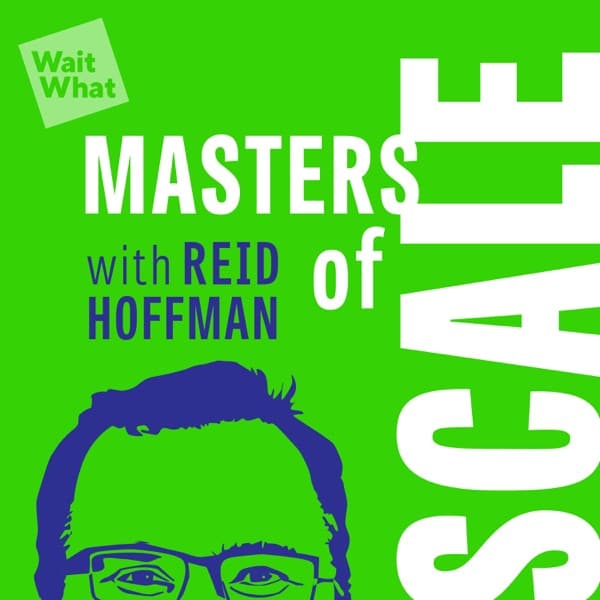 Masters of Scale
Masters of Scale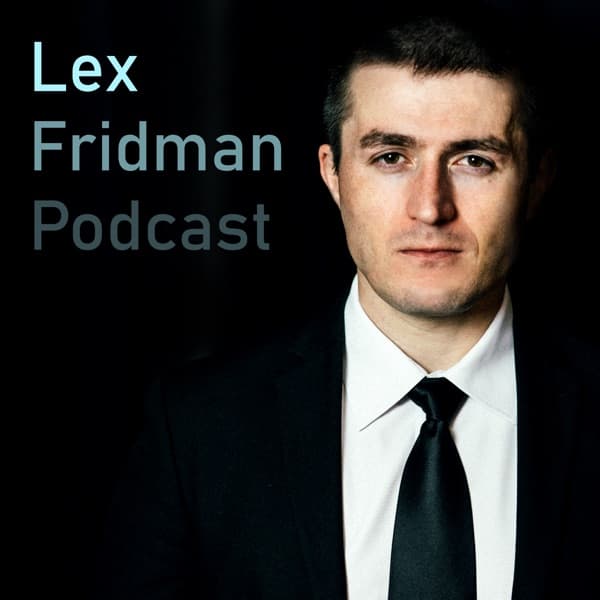 Lex Fridman Podcast
Lex Fridman Podcast All-In with Chamath, Jason, Sacks & Friedberg
All-In with Chamath, Jason, Sacks & Friedberg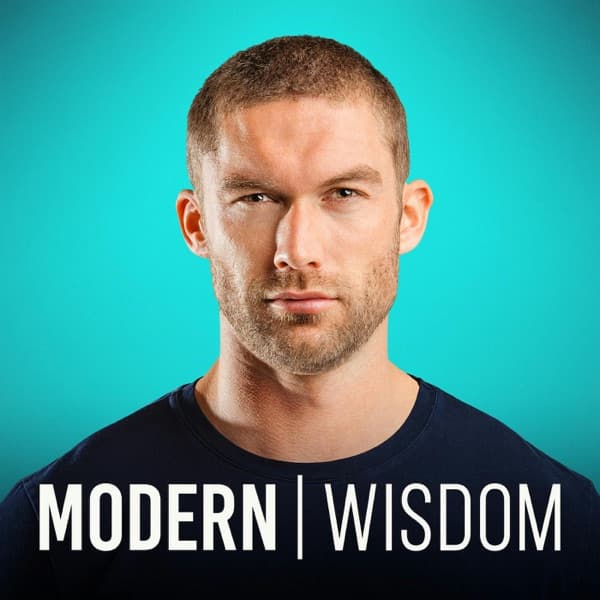 Modern Wisdom
Modern Wisdom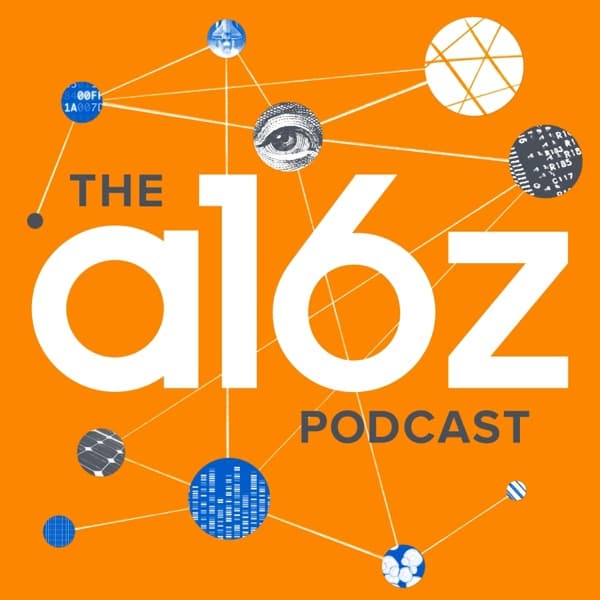 a16z Podcast
a16z Podcast Lenny's Podcast: Product | Growth | Career
Lenny's Podcast: Product | Growth | Career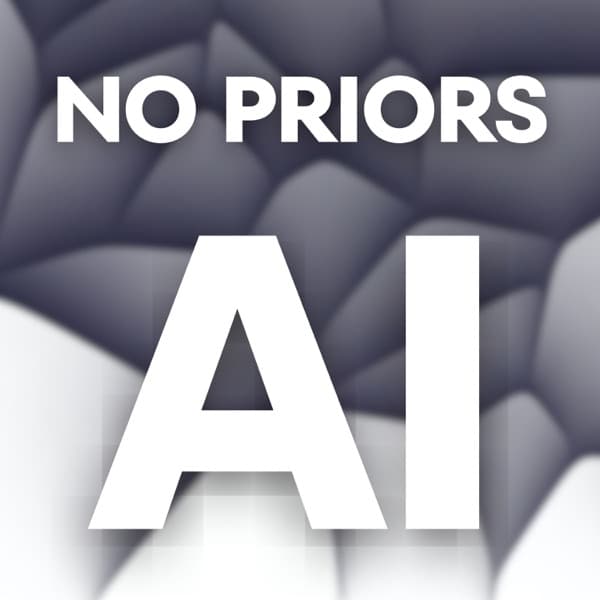 No Priors AI
No Priors AI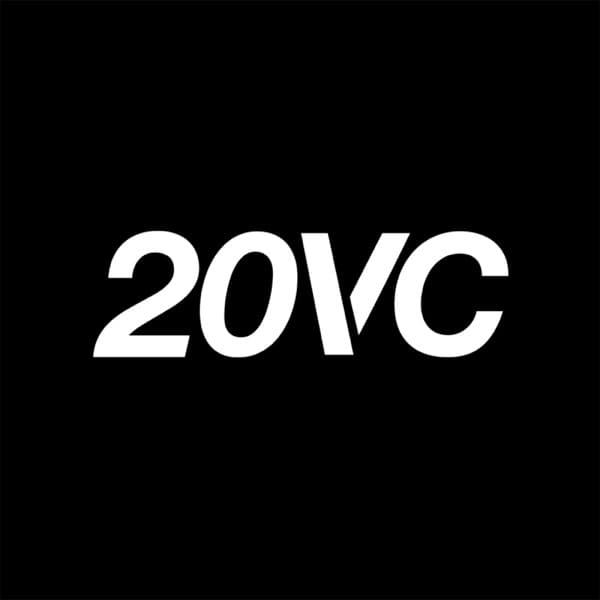 The Twenty Minute VC (20VC): Venture Capital | Startup Funding | The Pitch
The Twenty Minute VC (20VC): Venture Capital | Startup Funding | The Pitch How I Built This with Guy Raz
How I Built This with Guy Raz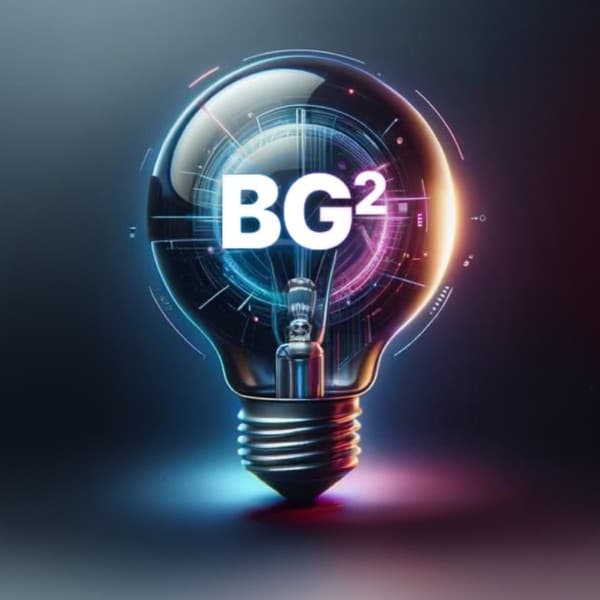 BG2Pod with Brad Gerstner and Bill Gurley
BG2Pod with Brad Gerstner and Bill Gurley TechCrunch Startup News
TechCrunch Startup News Y Combinator Startup Podcast
Y Combinator Startup Podcast